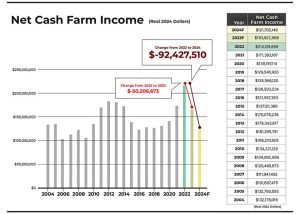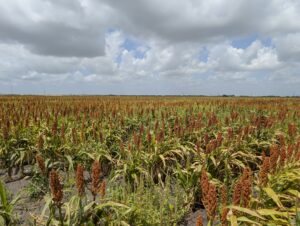[et_pb_section fb_built=”1″ _builder_version=”4.4.7″ background_color=”rgba(0,0,0,0)”][et_pb_row column_structure=”1_5,3_5,1_5″ admin_label=”Row – video” _builder_version=”4.4.7″][et_pb_column type=”1_5″ _builder_version=”4.4.7″][/et_pb_column][et_pb_column type=”3_5″ _builder_version=”4.4.7″][et_pb_image src=”https://hempharvestworks.com/wp-content/uploads/2020/06/MJ-BULLS-PODCAST.png” title_text=”MJ BULLS PODCAST” _builder_version=”4.4.8″ hover_enabled=”0″][/et_pb_image][/et_pb_column][et_pb_column type=”1_5″ _builder_version=”4.4.7″][/et_pb_column][/et_pb_row][et_pb_row _builder_version=”3.25″ background_size=”initial” background_position=”top_left” background_repeat=”repeat”][et_pb_column type=”4_4″ _builder_version=”3.25″ custom_padding=”|||” custom_padding__hover=”|||”][et_pb_text _builder_version=”4.4.8″ background_size=”initial” background_position=”top_left” background_repeat=”repeat” hover_enabled=”0″]
Episode Summary
Andy Bish grew up in a multi-generational Nebraskan farming family; he’s now applying a life-time farming and agricultural machinery experience to the hemp industry.
n
Episode Notes
Andy Bish grew up working in the agricultural equipment business that his grandfather formed in 1976. Applying the Bish Enterprises Mission to help solve complicated issues farmers face with easy, inexpensive solutions Andy formed Hemp Harvest Works. He talks to Joy Beckerman about the hemp industries equipment needs. He also talks about some of the challenges that the industry faces even within his home state Nebraska.
n[/et_pb_text][/et_pb_column][/et_pb_row][/et_pb_section]



